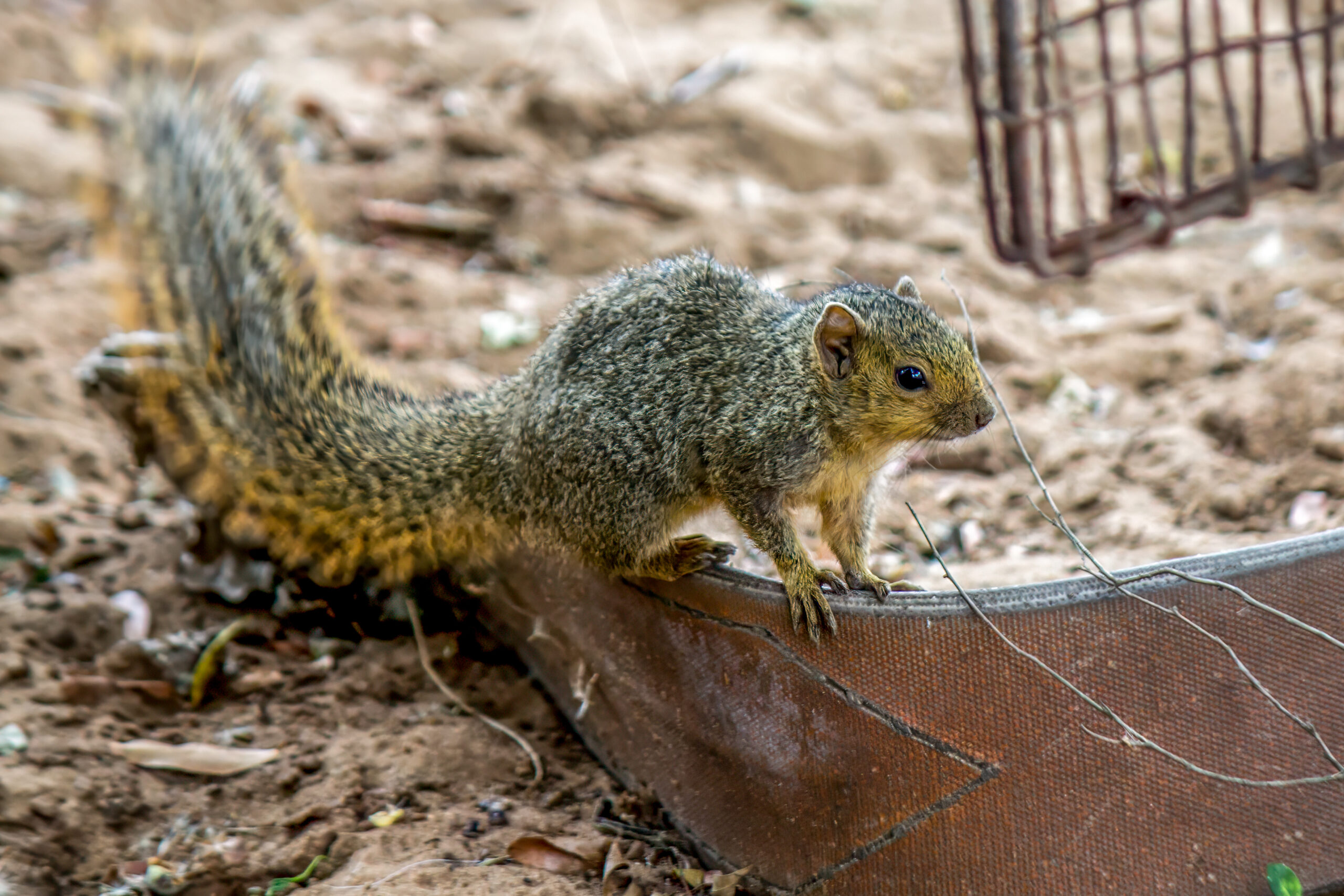Description
The Cape porcupine or South African porcupine (Hystrix africaeaustralis) is the largest species of porcupine in the world and the largest species of rodent in southern Africa. The Cape porcupine is very similar to the somewhat smaller crested porcupine (Hystrix cristata), and one of the easiest ways to distinguish the two is by finding a line of short white spikes going down the spine towards the rump. This line of spikes is only found on the Cape porcupine. The two species do not overlap geographically.
The Cape porcupine can grow to a length of 63-81 cm (25-32 in), with the tail adding another 11-20 cm (4.3-7.9 in). The weight averages between 10-24 kg (22-53 lb), and some individuals can be as heavy as 30 kg (66 lb). Like all porcupines, most of the backside and flanks are covered in long spines and quills. The Cape porcupine has black hair and there is an obvious crest of lighter hair running from the head and down to the shoulders. The quills are banded black and white.
Diet & habitat
The Cape porcupine is found in many different habitats, and the only areas it seems to avoid are very dense forests, the driest deserts, and swamplands. It is very common in semi-deserts, grasslands, savannas, and open woodlands. Plant material takes up most of its diet and it typically feeds on bark, roots, bulbs, tubers, and fruit. Cape porcupines will not hesitate to feed on cultivated crops, such as potatoes, maize, and pumpkins, and are therefore often considered pests by farmers. They are also known to gnaw on bones and carcasses.
Behavior
Cape porcupines are nocturnal and do most of their feeding and social interaction at night. They live in small extended family units, consisting of parents and their offspring, but they normally forage individually. These family units are territorial, and they will defend their area from intruders. They can have up to six different burrows, which they can either dig themselves or it can be abandoned burrows made by other species, such as the aardvark. They can also use rock crevices and caves as shelters. Both parents will scent mark the territory, although the male does it more frequently.
When threatened, the Cape porcupine will raise its spikes and quills and make warning sounds by hissing and rattling the quills. If the threat persists, the porcupine will either run backwards or sideways into the enemy with its quills first or escape into a burrow while keeping its backside pointed towards the entrance. The quills are easily dislodged upon contact with a threatening animal, and they often penetrate the skin of the attacker.
Reproduction
The Cape porcupine can mate throughout the year, but typically give birth during the rainy season. The female is in estrus for only nine days. After insemination, the female goes through a gestation period of 93-94 days, after which one to three young are born. Over half of all births result in only one young. The young are born well-developed, with quills, even though they are soft, and open eyes. They will nurse from their mother for the first 100 days and stay hidden in the burrow for the first nine weeks. Young Cape porcupines grow fast, and they are fully adult and sexually mature already after one year. Females that stay with the family group will not be able to reproduce until they disperse. They can live to be 12-15 years old.
Status
The Cape porcupine is widespread and common, but it is frequently persecuted by farmers as pests. The demand for porcupine quills is increasing and it is often hunted for its meat, which is eaten by indigenous people. Still, the species is not threatened, and it is considered least concern on the IUCN Red List.







